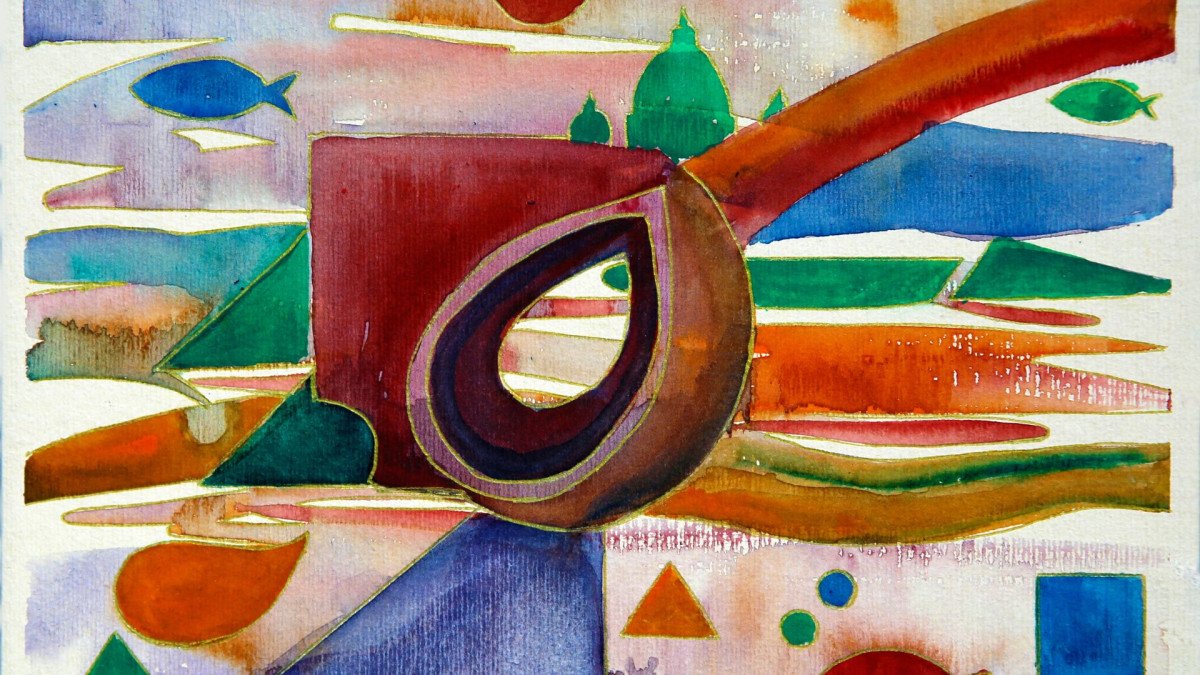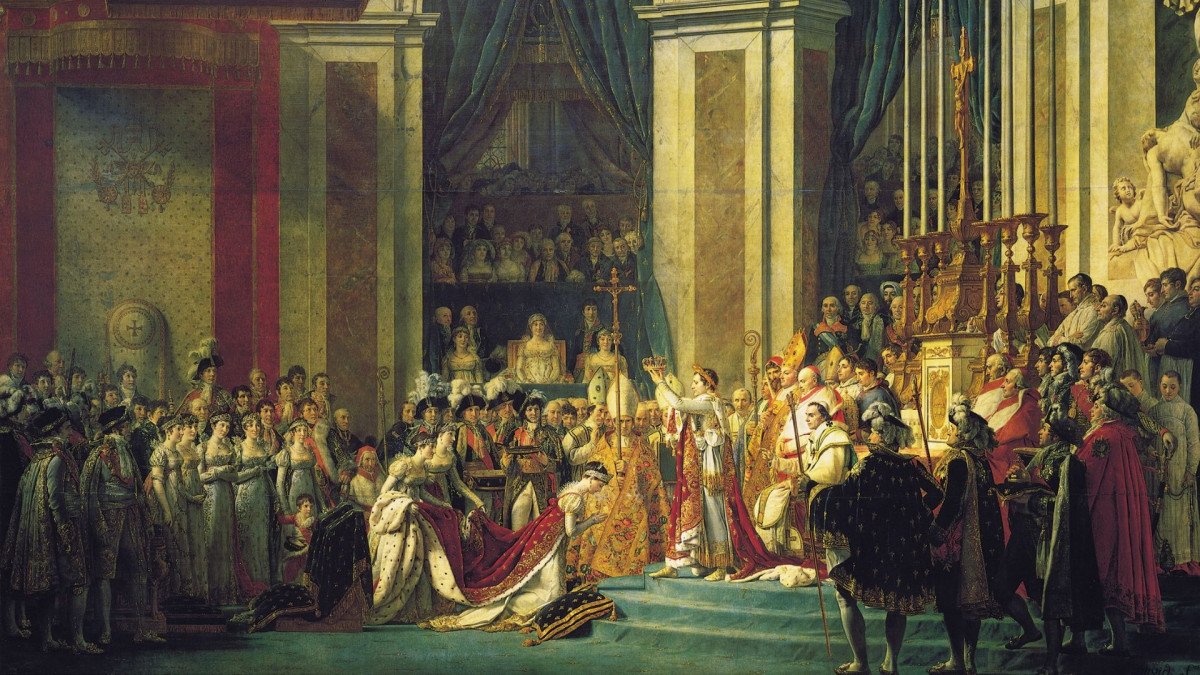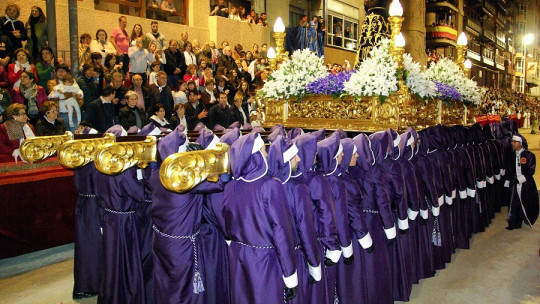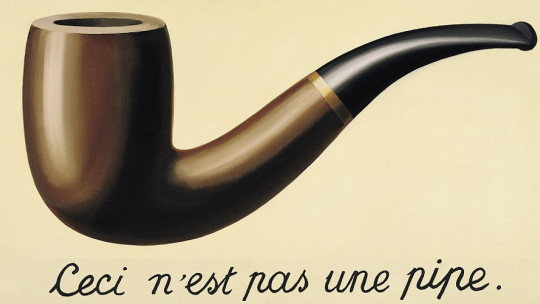When we hear the concept “abstract art”, a painting by Vassily Kandinsky (1866-1944) or Joan Miró (1893-1983) surely comes to mind. We may also think that we do not understand this type of art, in which we literally do not distinguish anything. The reality is that there is nothing to distinguish: abstract art is opposed to figurative art precisely for that reason. What is abstract art? And figurative art? And how are they different? In today’s article, we explore the differences between figurative art and abstract art.
Figurative art versus abstract art
To clearly distinguish what differences these are, it is essential to know what we are referring to when we talk about “figurative art” and “abstract art.” Broadly speaking, we can say that the first represents the reality that we can perceive: objects, figures or landscapes. The style with which they are represented does not matter (it can be more or less naturalistic, detailed or schematic); The essence of figurative art is the desire to capture a fragment of reality.
On the other hand, abstract art moves away from this representation of reality and uses shapes and colors to configure an aesthetic that is absolutely separated from the tangible and visible world. In other words, abstract art does not represent anything real, so it is absurd to try to find meaning in this type of work.
The general public tends to value figurative art to a greater extent, precisely because it is “decipherable.” However, this is nothing more than a product of our Western artistic culture, still closely linked to figuration and academies. We are used to identifying objects (in fact, it has been shown through many experiments that our brain tends to “see” shapes where there are none; for example, in stains on the wall or in clouds), so, a priori, Valuing abstract art constitutes a greater intellectual effort, because it implies “separating” ourselves from our education, and even from our own psychological tendency.
When does abstraction arise?
If, really, abstraction in art is so foreign to human beings, why do we find abstract representations made thousands of years ago? We already find abstract art in Prehistory; for example, the paintings of Lascaux, in France (which combine figuration with abstract elements), or those of Tassili (Algeria), whose art shows an evident tendency towards stylization and in whose forms, often, we cannot distinguish anything in particular. .

Hilma af Klint and the first abstract work
However, To find the first manifestations of abstract art, let’s say, “official”, we must go back to the beginning of the 20th century. Traditionally, the Russian Vassily Kandinsky (1866-1944) has been considered the first abstract artist, but we must not forget the work of the Swedish Hilma af Klint (1862-1944), a painter (unfortunately quite unknown) who produced the first abstract work in 1906, a few years before Kandinsky.
These are her “paintings for the temple”, where the artist brings together vivid tones and shapes that do not represent anything concrete, greatly influenced by her esoteric convictions. If we take one of these works, Primordial Chaos No. 16, we will see that the painter does not capture any visible reality, but rather the wavy shapes spread across the canvas as in an eternal dance.
The consolidation of abstraction and the insistence of figurative art
The German Bauhaus gave a great boost to abstraction in the first decades of the 20th century, as it meant the integration of abstract concepts in artistic education. Since then, abstract art has always been present on the artistic scene, although figurative art has also followed its own path. One of the best-known styles of figurative art today is hyperrealism, which transfers reality to the canvas with a truly surprising precision of detail.
Modern abstraction is the result of the path of protests that had been taking shape during the 19th century against “official” art, that is, that of the academies, eminently figurative. But we must not fall into the error of considering the previous avant-garde movements as “abstract”; impressionism, cubism, surrealism, all of them continue to be figurative, although rebellious.

Abstract painting: types and examples
Despite the apparent simplicity of the idea, “abstract” painting is not something homogeneous. Below, we highlight some of the most significant currents or styles.
1. Geometric abstraction
As its name indicates, it is an abstraction based on very basic geometric shapes, such as triangles, squares or circles. One of its most important representatives is Piet Mondrian (1872-1944).
2. Organic abstraction
This second style within abstraction takes its inspiration from nature, which is why curved shapes predominate. Kandinsky himself or the Catalan Joan Miró (1893-1983) are the main representatives.
3. Conceptual abstraction
Conceptual abstract art is based on concepts and gives them the greatest relevance. The masterpiece is the famous White Square on a White Background, by Kazimir Malevich (1879-1935) , a work that, on the other hand, is fundamental to understanding the path that art takes in the 20th century. This Ukrainian painter is the creator of the suprematist movement, born in the midst of the Russian Revolution, which claimed absolute supremacy of sensitivity in its highest degree of purity.
Conclusions
By way of conclusion, we can affirm that the main difference between abstract art and figurative art is its intention. While the first does not seek to capture any reality, the second is inspired by it for the creation of his works. Both currently coexist in the artistic scene and both equally nourish artistic expression, since both follow radically different but equally valid precepts. While abstract art constitutes a liberation from reality to enter new paths with a new expression, figurative art remains linked to the surrounding world from which it constantly drinks.
It is absurd, then, to try to find a “meaning” to abstract works of art, since they are not capturing anything real, but rather a universe that is beyond the visible and tangible. Kandinsky associated abstract painting with music, and called his works simply His Compositions. In fact, there is something more absurd than trying to find meaning for an abstract work, and that is giving it a specific title. Miró once did it, and this only “reduces abstractionism” to the work, since, the moment you have the intention of capturing a fragment of reality, the resulting creation is no longer abstract.










